Glycolic and Salicylic Acid: Your Crash Course on Two Acne-Safe Chemical Exfoliants



Dahvi Shira

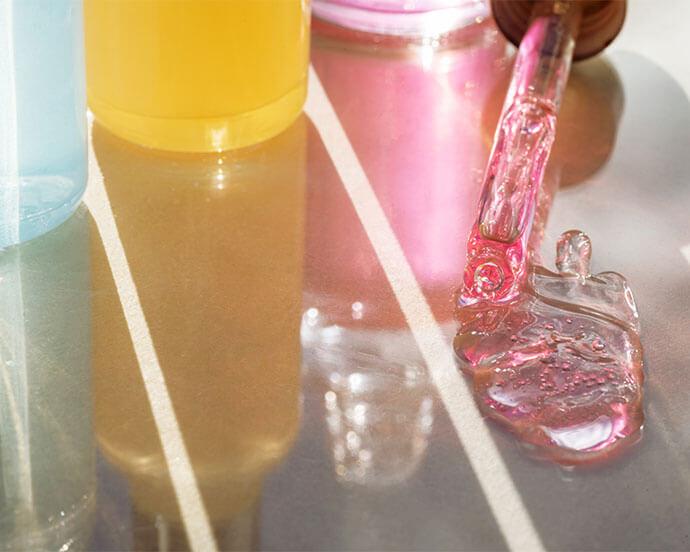
Photo by Olga Shumytskaya/Getty Images
Chances are, if you do a quick scan of anyone’s beauty cabinet (including your own!), you’re likely to spot a skincare product (it can be a cream, a serum, a cleanser, you name it) that lists either glycolic or salicylic acid as a skincare ingredient on its label. While one is an AHA and the other a BHA (we’ll get to more of that in a bit), both are tried-and-true chemical exfoliants recommended for over-the-counter use by dermatology experts. They’ve also both proved to be beneficial to acne-prone skin or oily skin, but in different ways. For more on glycolic acid vs. salicylic acid, and their exfoliating properties, keep reading for our expert intel below. Prepare to send your skin concerns packing.


It's about glam time you treated yourself.
MEET THE EXPERT
Stephanie Criscione is a decades-long esthetician and director of education and acne clinic at Face Reality skincare.
Orla Stewart-Becker, PA-C, is a physician assistant to Jay Calvert, MD, at RoxSpa Beverly Hills medspa.
What Is Glycolic Acid?
If you’ve ever gotten a light chemical peel during a facial, there’s a good chance glycolic acid was a key ingredient in the spicy formulation. It’s an alpha-hydroxy acid (AHA) derived from sugarcane.
According to Stephanie Criscione, Face Reality’s director of education and clinic, it’s particularly popular thanks to “its small molecular size, which allows it to penetrate deeply into the skin, making it a favorite for exfoliating and resurfacing.”
If you’re itching to incorporate glycolic acid into your routine, we recommend the MURAD Vita-C Glycolic Brightening Serum that packs a punch with the combination of vitamin C.
Benefits of Glycolic Acid
Glycolic acid has an array of unique benefits. RoxSpa Beverly Hills medspa physician assistant Orla Stewart-Becker breaks them down below.
1. Exfoliates and Resurfaces
Glycolic acid removes dead skin cells on the surface of the skin, which in turn improves fine lines and wrinkles, along with texture.
2. Targets Hyperpigmentation
The ingredient helps fade melasma and unwanted dark marks on the skin, which commonly result from acne scarring and sun damage.
3. Enhances Collagen Production
Love plump-looking skin? You’re in luck, because glycolic acid helps stimulate collagen, which can help plump the skin and increase elasticity.
4. Hydrates the Skin
Glycolic acid increases skin hyaluronic levels, which is key because hyaluronic acid helps the skin maintain hydration and moisture. More hydration and moisture usually means plumper-looking skin—and plumper-looking skin means the improved appearance of fine lines and wrinkles (two major signs of aging!).
5. Unclogs Pores
The acid targets acne-prone skin, thanks to exfoliation properties that target clogged pores and debris. Glycolic acid also reduces oil production, which can lead to fewer acne breakouts.
We’re huge fans of skincare pads, and the glycolic acid–infused FIRST AID BEAUTY Facial Radiance Pads exfoliate, brighten, and tone all in one due to the added inclusion of lactic acid.
Side Effects of Glycolic Acid
While glycolic acid is a universally beloved ingredient, it’s still an exfoliating acid at the end of the day. Therefore, you always want to take precautions to ensure you don’t compromise your skin barrier.
“Glycolic acid can make people more photosensitive to sun, so it’s recommended to limit sun exposure and to use daily SPF,” Stewart-Becker explains. “It also can be an irritant, especially for people with sensitive skin, so it must be used cautiously. A good moisturizer is always recommended to apply post-use to help combat any irritation it may cause. Other side effects can include burning, skin rash, swelling, blisters, skin peeling, itching, and tenderness due to irritation.”
What Is Salicylic Acid?
Salicylic acid—a beta-hydroxy acid derived from willow bark—is the most commonly known BHA. If you enter any high school or college student’s bathroom, we bet you’ll find a product or two with this ingredient in the mix. It has drying properties, so if you experience excess oil on your skin, this is a good place to turn.
“Unlike AHAs, which are water-soluble, salicylic acid is oil-soluble, which allows it to penetrate deeply into the follicle helping to reduce breakouts,” Criscione says. “Salicylic is a fan favorite for acne-prone skin.”
If you think salicylic acid is right for you, you can start with the GLOW RECIPE Strawberry Smooth BHA + AHA Salicylic Serum. With added mandelic acid (and more than 8,000 five-star reviews!), this all-star gently smoothes unwanted texture, helps decongest pores, and soothes stressed-out skin.
Benefits of Salicylic Acid
As you’ll notice below, Stewart-Becker points out there are similarities to glycolic and salicylic acid.
1. Targets Acne
Salicylic acid penetrates deep into the pores to unclog skin debris that can lead to pimples, while also reducing inflammation and blackheads/whiteheads that can lead to acne.
2. Exfoliates
Salicylic acid helps remove dead skin cells and can unclog pores and dissolve blackheads. It’s ideal for treating blackheads and whiteheads by dissolving skin debris and keratin plugs.
3. Treats Post-Inflammatory Hyperpigmentation (PIH)
Due to its anti-inflammatory effects, salicylic can help reduce acne marks and pigmentation issues that some skin types are prone to experiencing after a skin breakout.
Need another entry point to salicylic acid? We also stand by the high-performance COSMEDIX Clarify Salicylic Acid Foaming Cleanser, which can be used a.m. or p.m. to gently exfoliate dead skin cells and help hydrate and soothe the look of sensitive skin.
Side Effects of Salicylic Acid
Just like glycolic acid, skin irritation, dryness, redness, and sun sensitivity can result from the use of salicylic acid.
“In rare cases, salicylic acid can cause severe allergic reactions or severe skin irritation,” Stewart-Becker warns. “It’s recommended, especially with sensitive skin, to start slow and at a low dose. Proceed as directed by your skincare specialist or dermatologist.”
Glycolic Acid vs. Salicylic Acid: Which One Is Better?
When it comes to glycolic acid and salicylic acid, it’s not so much a matter of which one’s better—it’s more about the individual person using the products.
“Glycolic acid can be used overall in all skin types and has multiple pros, in my opinion, when it comes to overall treating the skin,” Stewart-Becker says. “It’s key for anti-aging and treating acne, as well as improving collagen and hydration. Salicylic acid is probably better in treating acne-prone skin and congested skin due to its ability to penetrate deeper and unclog pores. They both have similar side effects and should be used cautiously and at the discretion of your skincare specialist.”
Criscione echoes Stewart-Becker’s sentiments, explaining that the choice to enforce one or the other depends on your skin type and specific concerns.
“If you’re looking to improve skin texture, reduce fine lines, or address hyperpigmentation, glycolic acid works on the skin’s surface to exfoliate and brighten,” the expert shares. “Salicylic acid, on the other hand, is perfect for those with oily or acne-prone skin, as it dives deep into the follicles to clear out debris and reduce breakouts. For dry skin types, glycolic acid may be the ideal choice, while oily or combination skin types often see better results with salicylic acid.”
Can You Combine Glycolic Acid and Salicylic Acid?
Glycolic and salicylic acid aren’t a deadly duo, but when it comes to any acid application at all (besides hyaluronic acid), you must proceed with caution.
“You can use both glycolic acid and salicylic acid, but I wouldn’t recommend they be used together at the same time,” Stewart-Becker advises. “Depending on skin types and what we are treating, I recommend glycolic be used in the morning and salicylic at night or vice versa. Again, I recommend that a strict regimen be discussed with a skincare specialist as you don’t want to damage your skin or have severe reactions from overusing these products.”
Criscione is a fan of combining the two, but warns not to dive in head first.
“Both acids exfoliate, but they target different layers and concerns, making them a potentially powerful combination for those with acne and textural issues,” she says. “When combining acids, it’s recommended to start slowly to minimize potential side effects like redness and irritation.”
Final Thoughts
Glycolic acid and salicylic acid are both powerful acids beloved by many. They offer excellent benefits to patients with acne or other skin conditions associated with the aftermath of acne (including textured skin and hyperpigmentation). One is an AHA and the other is a BHA, so they operate differently within the skin to deliver notable results. Like with the majority of acids, there can be too much of a good thing, so it’s important to start slowly with use, apply sunscreen post-application, and speak to a professional before changing up your skincare routine.
Liked this post? Share!
Related Stories


Ingredient Index
6 Matcha Beauty Benefits That Make It More Than Just Your Fave Drink
Published on Apr 9, 2025 • 5 min read
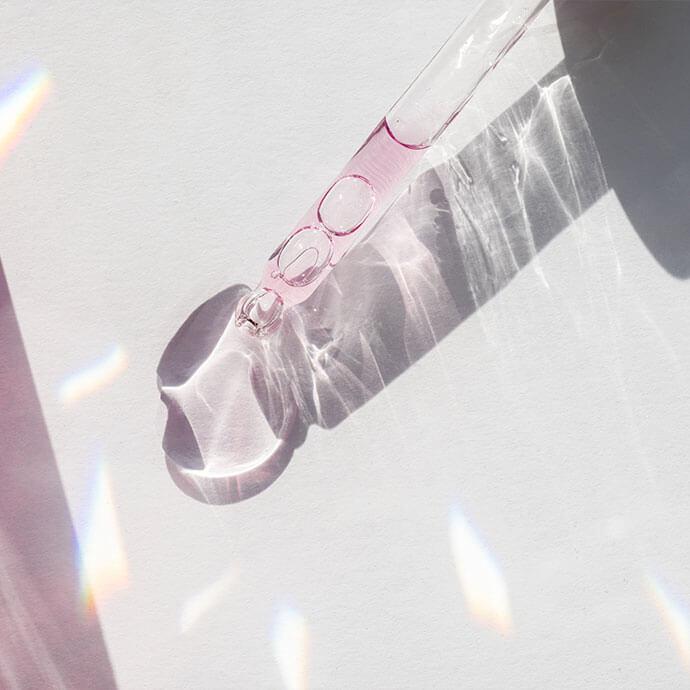
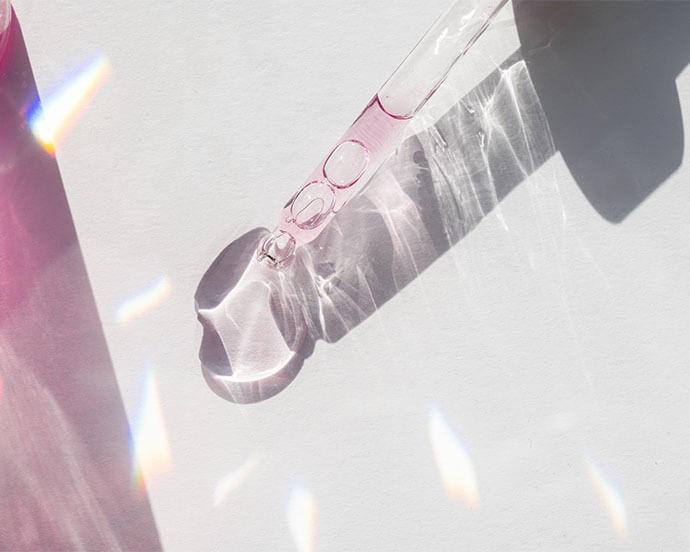
Ingredient Index
What Is LHA? Why This Gentler Acid Might Be Key to Solving Your Acne Puzzle
Published on Apr 4, 2025 • 4 min read


Ingredient Index
An Expert Explains Everything You Need to Know About Charcoal for Hair
Published on Mar 11, 2025 • 7 min read

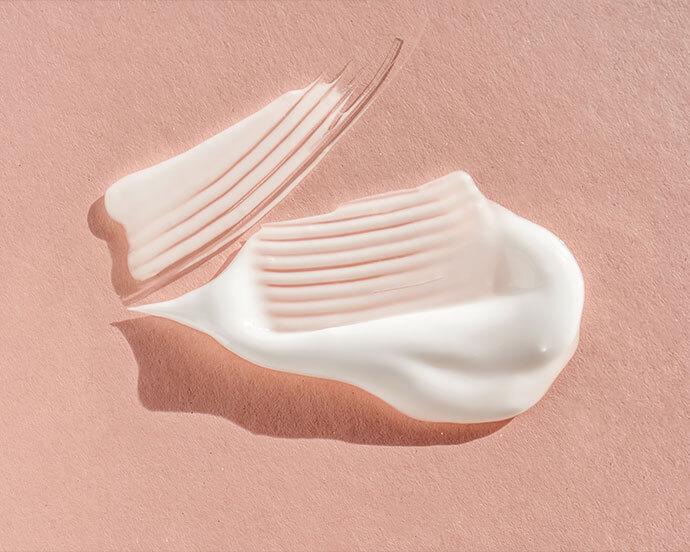
Ingredient Index
Lipids Are the Skincare Essential You Didn’t Know You Needed
Published on Mar 11, 2025 • 4 min read


Ingredient Index
Is Cica the Secret to a Stronger Skin Barrier? Learn All About the Skincare Ingredient Here
Published on Mar 11, 2025 • 7 min read


Ingredient Index
A Comprehensive Beginner’s Guide to Essential Skincare Ingredients
Published on Mar 21, 2024

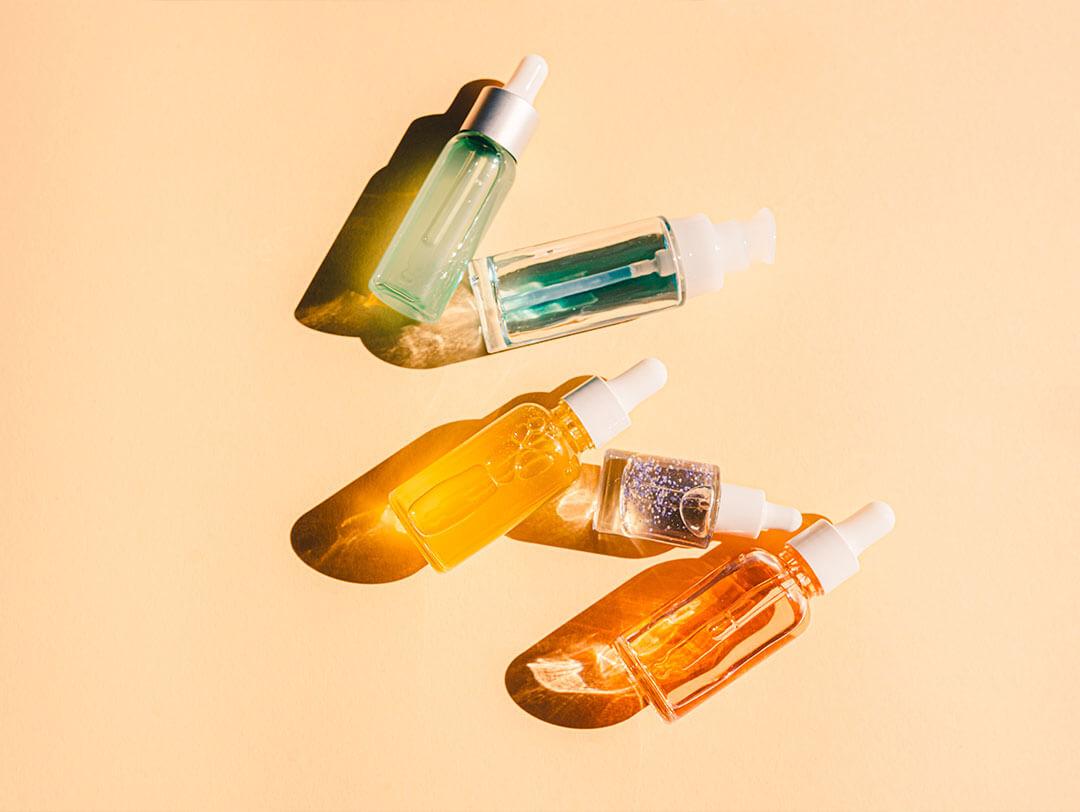
Ingredient Index
Two Dermatologists Explain What the Active Ingredients in Your Skincare *Actually* Are
Published on Apr 11, 2024


Ingredient Index
The Best Skincare Ingredients to Mix (and Which to Avoid)
Published on Feb 28, 2023


Beauty Picked Just for You
Get 5 products worth up to $70
Plus exclusive access to epic deals up to 80% off
Starting at just $14/month. Cancel anytime.